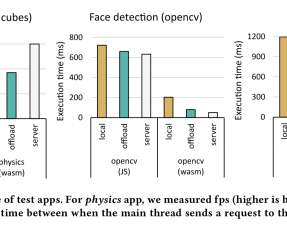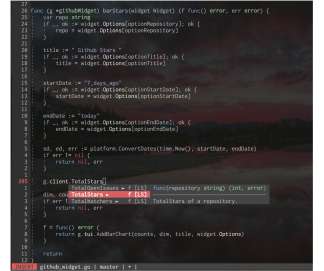AVIF for Next-Generation Image Coding
The Netflix TechBlog
FEBRUARY 13, 2020
By Aditya Mavlankar, Jan De C**k¹, Cyril Concolato, Kyle Swanson, Anush Moorthy and Anne Aaron TL; DR We need an alternative to JPEG that a) is widely supported, b) has better compression efficiency and c) has a wider feature set. Brief overview of image coding formats The JPEG format was introduced in 1992 and is widely popular.































Let's personalize your content